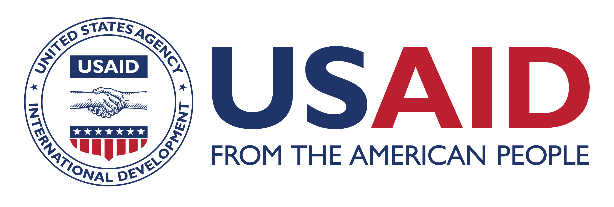
Resource Library
Pneumonia perceptions and management: an ethnographic study in urban squatter settlements of Karachi, Pakistan
Childhood pneumonia continues to be the second highest contributor to childhood morbidity and mortality in all ethnic groups in Pakistan. Information on community perceptions and management is largely limited to the Punjabi populace. In this study, ethno-specific illness terminologies, recognition and severity indicators and resort to treatment options for childhood pneumonia are explored among the two main ethnic groups in Sindh. Results are based on focus group discussions with 90 caretakers and 16 case history interviews. The findings indicate that pneumonia recognition is almost universal. The main recognition and severity indicator was pasli chalna (chest indrawing) followed by signs and symptoms relating to the quality of breathing and presence of high fever, lethargy and anorexia. Recognition of rapid breathing was low and mostly associated with fever. Exposure to thand (cold) through a variety of mechanisms was perceived to be the dominant causal model. The concept of contagion was virtually non-existent. Despite this, belief in efficacy of allopathic care was very high. Most caretakers reported seeking outside care within one to three days of the onset of symptoms. However, unrealistic expectations of cure often led to change in physicians and treatment regimen, if no improvement was observed by the second day. On the other hand, the quality of care provided by the physicians (both licensed and unlicensed) left much to be desired. Female autonomy and mobility did not appear to be a major constraint in seeking outside care other than for hospitalisation. Implications of these findings for the national acute respiratory infections control programme and future research are discussed.
Resource Type : Brief
Country : Pakistan
Year : 1997-10-01T00:00:00
Language : English
Project : SHOPS


